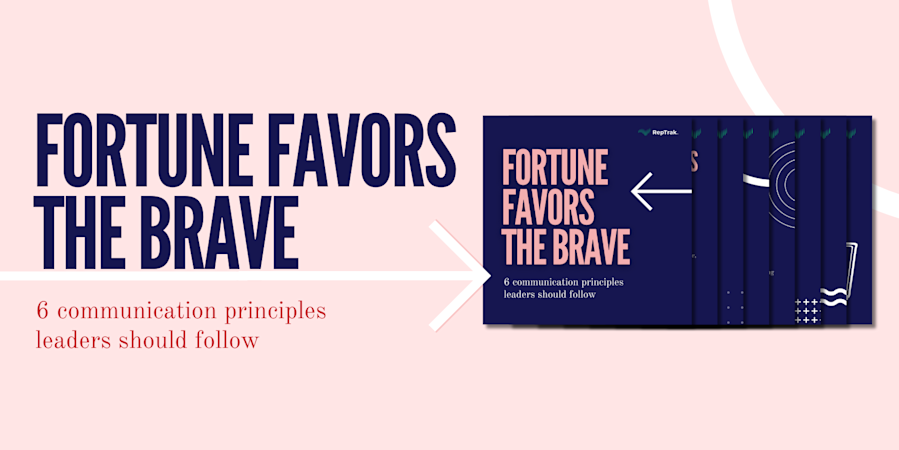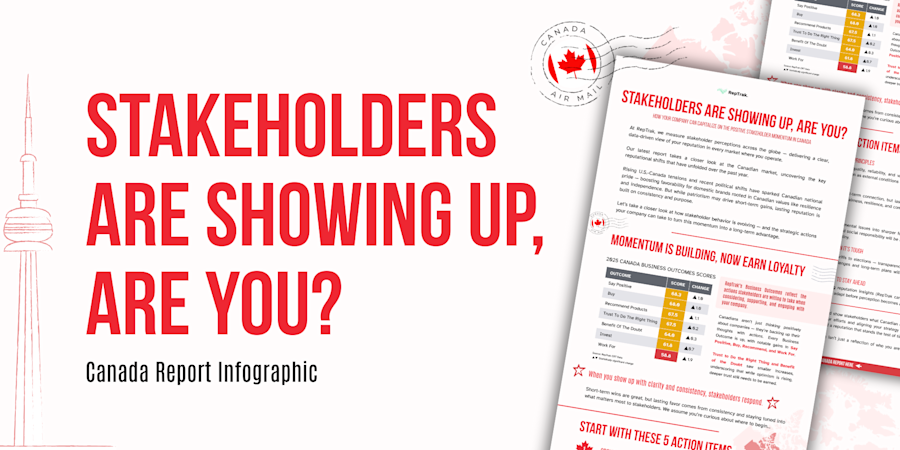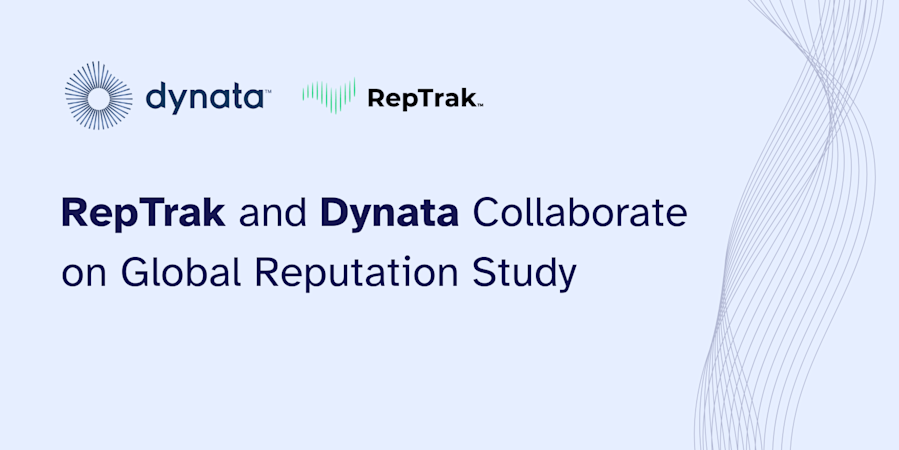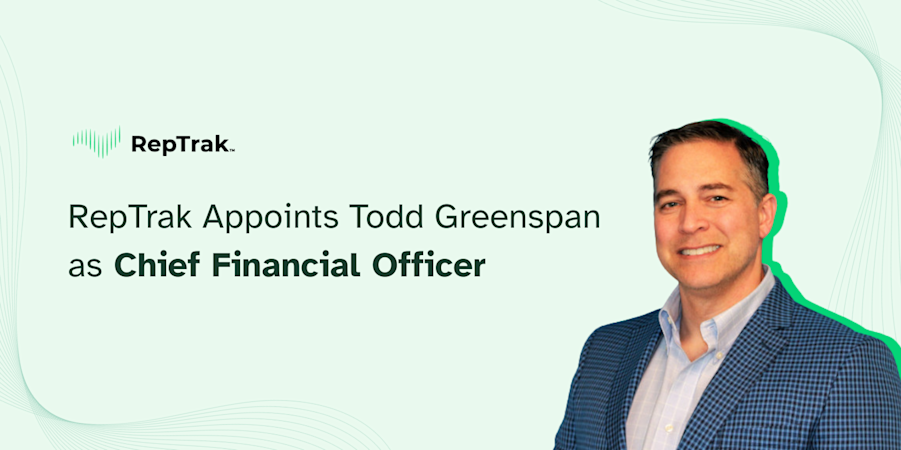6 Lessons Communications Execs Can Learn from the Fyre Festival
Blog Post19 Feb, 2019
The Fyre Festival might have been the biggest failure in music festival history. It made Woodstock ‘99 look like Coachella. It occurred in April 2017 and attracted thousands of millennials who spent thousands of dollars for what was advertised as a luxury, celeb-ridden event. They arrived to anything but: FEMA tents instead of the villas promised, and sad cheese sandwiches instead of the fancy chef-prepared food they paid for. Oh, and there were no musical acts. Probably because they tried to plan it all in just six months. Cue the chaos. Business executives—especially those in communications—can learn from founder Billy McFarland’s mistakes, all of which were showcased in the two documentaries that have emerged about the festival. The Hulu and Netflix films offer a glimpse into what this entrepreneur was thinking, and where he went wrong. They are basically lessons in how not to plan a major festival, or any other marketing/communications campaign.
Image isn't everything
It seems McFarland thought if he painted this luxe and fun picture of a festival and people bought into it that the rest would fall into place and the fest would be a success. That clearly wasn’t the case. Whatever impression you present to customers or clients, you have to actually deliver that. McFarland did not. Don’t get so hung up on selling an appealing product that you end up concocting a fantasy that you can’t actually produce.
Reputations take years to build and minutes to destroy
Warren Buffett said it best: “It takes 20 years to build a reputation and five minutes to ruin it.” It’s even faster now thanks to social media. Just look at how quickly customers turned on Fyre Media, McFarland’s brand. In life and business, bad news travels fast. Have a crisis plan in place for if and when that happens.
Admit your own mistakes, and do it fast
No business is perfect. Your company is bound to hit bumps in the road, but it’s best to own those mistakes and apologize for them as soon as possible (of course, check with your crisis management or PR team first). The documentaries made clear that McFarland would not accept the fact that they weren’t prepared to put on this festival. So he did, and he ended up in this mess, dragging his staff and thousands of customers along with him. Almost a year later, he pleaded guilty to wire fraud charges relating to the festival. But if we learned anything about him from the documentaries, it’s that he still won’t take full responsibility for Fyre’s failure. If you have any hopes of your company getting back into the public’s good graces, swiftly apologize and establish a plan to remedy the situation.
Need specifics? Check out what Starbucks CEO Kevin Johnson did last year to effectively manage an emotionally charged crisis.
Social media can be your best friend and your worst enemy
When they started the marketing for the festival, McFarland’s team went straight to social media and hired Jerry Media. The documentaries broke down their plan of attack: to break the internet. To do so they roped in influencers like Bella Hadid and Kendall Jenner. And it worked; Jenner’s first post garnered approximately 6 million unique impressions, drastically bumping ticket sales and proving influencer marketing is just as powerful as it seems.
But, social media is a double-edged sword. Thanks to those popular posts, they had thousands of attendees to please. And a bunch of influencers they wouldn’t want to piss off, which they probably did since many of the models involved have been roped in the legal proceedings. But nothing is worse than frustrated customers who voice their concerns on social media. As mentioned, bad news spreads like wildfire (pun intended) on these networks, as proven by how quickly posts about the subpar sandwiches and FEMA tents went viral. Don’t rely solely on social media for marketing, and definitely don’t deny its power.
Know your audience and appeal to their emotions
Let’s go back to Fyre’s one success: their initial social media outreach. We already know that the best way to win over a target audience is by understanding their pain points and desires, and then using emotional triggers to speak to those needs. That’s what the Fyre team did, and theoretically, we can see why. Of course, they ended up presenting something that could never happen, but the takeaway for corporate communicators and marketers is clear: appealing to emotion works.
Be honest and transparent with your employees
Not only did McFarland lie to the public, he also lied to his employees. And if there’s one group of people you owe honesty, it’s the people supporting you behind the scenes. Instead, he betrayed them by not being upfront about the festival preparation, by dismissing their suggestions, and by laying them off without actually telling them (remember that horrible phone call from the Netflix documentary?) He disappointed his customers and his employees, two essential stakeholder group every business organization needs to hold in high esteem. The result: not one, but two documentaries about McFarland’s evil empire.
The lesson here? Treat your employees well. It doesn’t take billions of dollars in perks, but it absolutely takes honesty.
Melanie LoBue Senior Director, Global Marketing The RepTrak Company [email protected] @melanielobue






